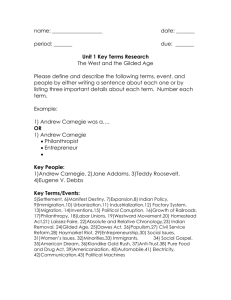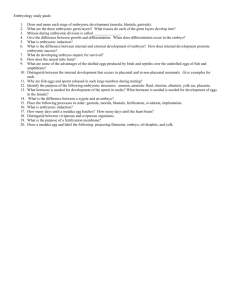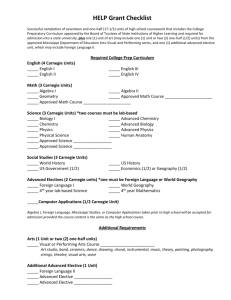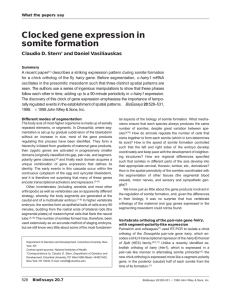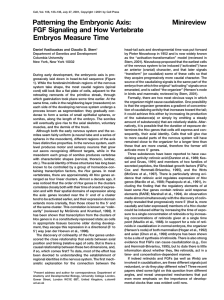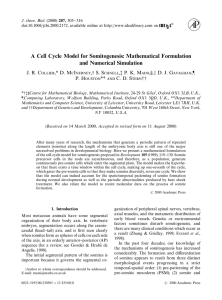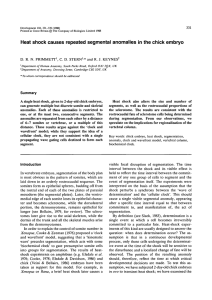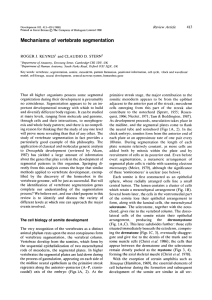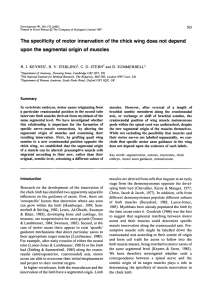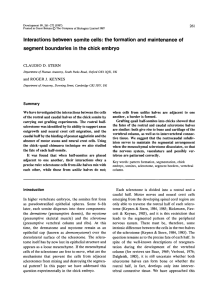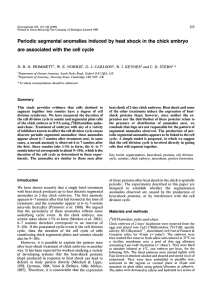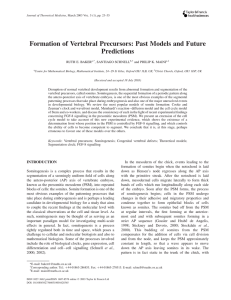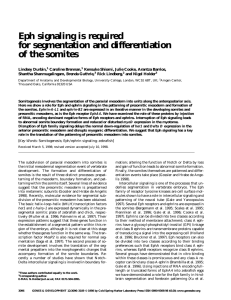This current page has images of Carnegie stage 1 to 23 of Human
advertisement
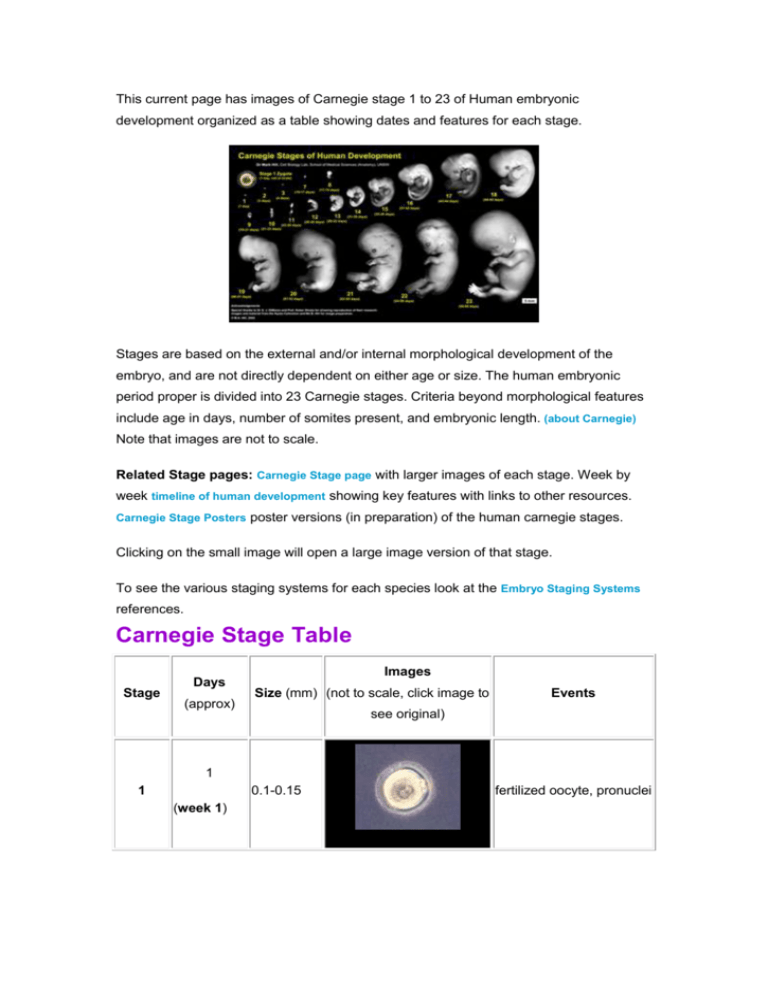
This current page has images of Carnegie stage 1 to 23 of Human embryonic development organized as a table showing dates and features for each stage. Stages are based on the external and/or internal morphological development of the embryo, and are not directly dependent on either age or size. The human embryonic period proper is divided into 23 Carnegie stages. Criteria beyond morphological features include age in days, number of somites present, and embryonic length. (about Carnegie) Note that images are not to scale. Related Stage pages: Carnegie Stage page with larger images of each stage. Week by week timeline of human development showing key features with links to other resources. Carnegie Stage Posters poster versions (in preparation) of the human carnegie stages. Clicking on the small image will open a large image version of that stage. To see the various staging systems for each species look at the Embryo Staging Systems references. Carnegie Stage Table Stage Days (approx) Images Size (mm) (not to scale, click image to Events see original) 1 1 0.1-0.15 (week 1) fertilized oocyte, pronuclei cell division with reduction 2 2-3 0.1-0.2 in cytoplasmic volume, formation of inner and outer cell mass 3 4-5 0.1-0.2 4 5-6 0.1-0.2 5 7 - 12 (week 2) 0.1-0.2 loss of zona pellucida, free blastocyst attaching blastocyst implantation extraembryonic 6 13 - 15 0.2 mesoderm, primitive streak 15 - 17 7 0.4 (week 3) 8 17 - 19 1.0 - 1.5 gastrulation, notochordal process primitive pit, notochordal canal Somite Number 1 - 3 9 19 - 21 1.5 - 2.5 neural folds, cardiac primordium, head fold 22 - 23 10 Somite Number 4 - 12 2 - 3.5 (week 4) neural fold fuses Somite Number 13 - 20 11 23 - 26 2.5 - 4.5 rostral neuropore closes Somite Number 21 - 29 12 26 - 30 3-5 caudal neuropore closes Somite Number 30 28 - 32 13 4-6 (week 5) leg buds, lens placode, pharyngeal arches Stage 13/14 shown in serial embryo sections series of Embryology Program 14 31 - 35 5-7 15 35 - 38 7-9 8 - 11 (week 6) 17 42 - 44 lens vesicle, nasal pit, hand plate nasal pits moved 37 - 42 16 lens pit, optic cup ventrally, auricular hillocks, foot plate 11 - 14 finger rays 44 - 48 18 13 - 17 ossification commences 16 - 18 straightening of trunk (week 7) 19 48 - 51 51 - 53 20 18 - 22 (week 8) 21 53 - 54 22 - 24 upper limbs longer and bent at elbow hands and feet turned inward Stage 22 shown in serial embryo sections series of Embryology Program 22 54 - 56 23 - 28 23 56 - 60 27 - 31 eyelids, external ears rounded head, body and limbs Following this stage Fetal Development occurs until birth (approx 40 weeks) (Source: Rothenburger and Gay, 1995. and others) References Search Pubmed Now: Human[TITL]+embryo[WORD]+stages[WORD] Nishimura H, et al. [See Related Articles] Normal development of early human embryos: observation of 90 specimens at Carnegie stages 7 to 13. Teratology. 1974 Aug;10(1):1-5. O'Rahilly R. [See Related Articles] Early human development and the chief sources of information on staged human embryos. Eur J Obstet Gynecol Reprod Biol. 1979 Aug;9(4):273-80 O'Rahilly R. [See Related Articles] Guide to the staging of human embryos. Anat Anz. 1972;130(5):556-9. Gaubert-Cristol R, et al. [See Related Articles] [End of embryonic somite period in the rat and a comparison with the corresponding embryonic period in humans]. Bull Assoc Anat (Nancy). 1991 Sep;75(230):55-9. French.


